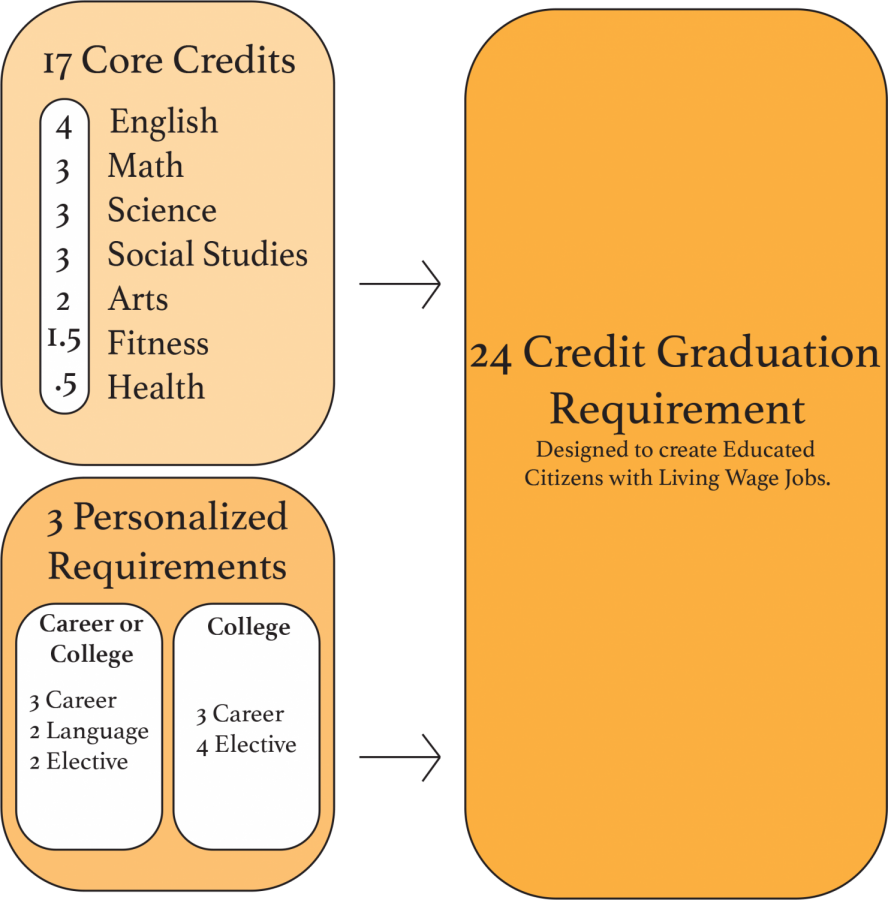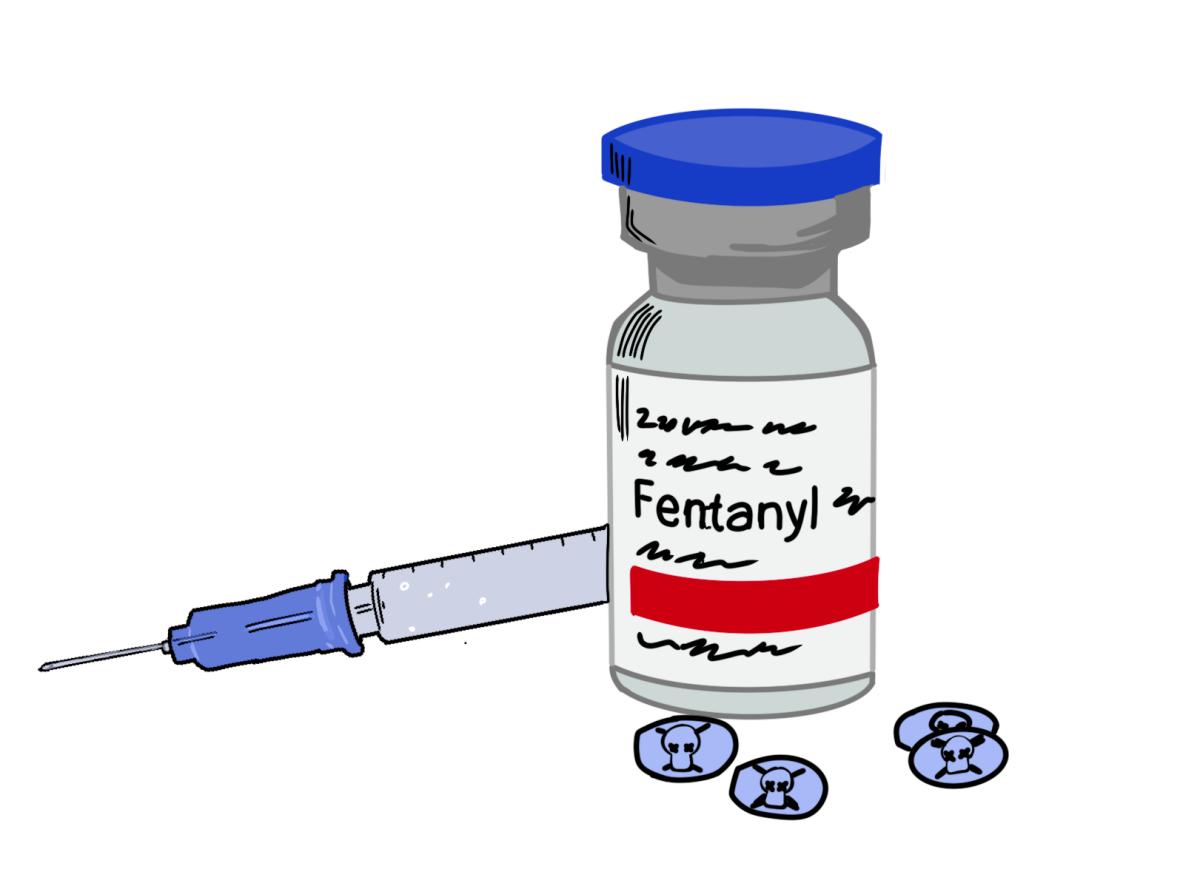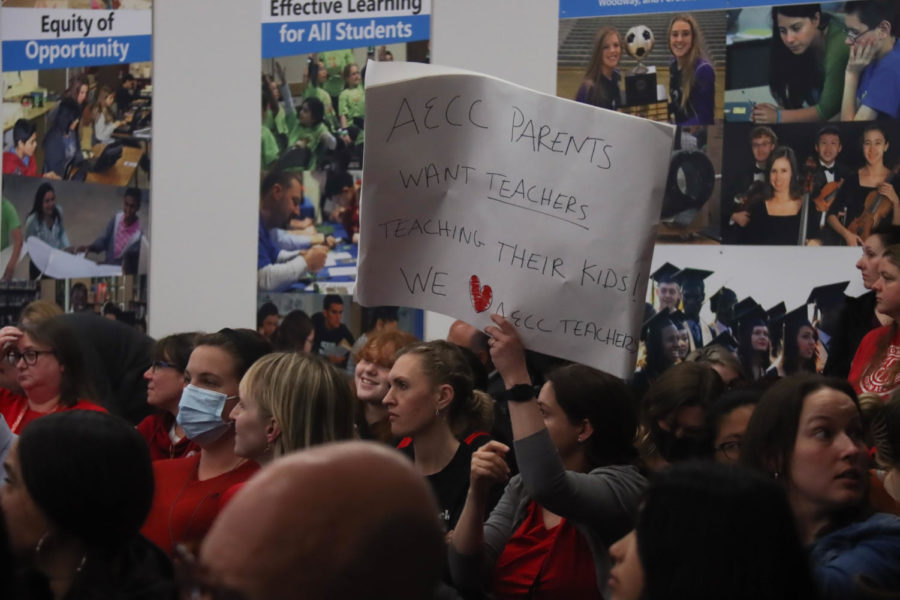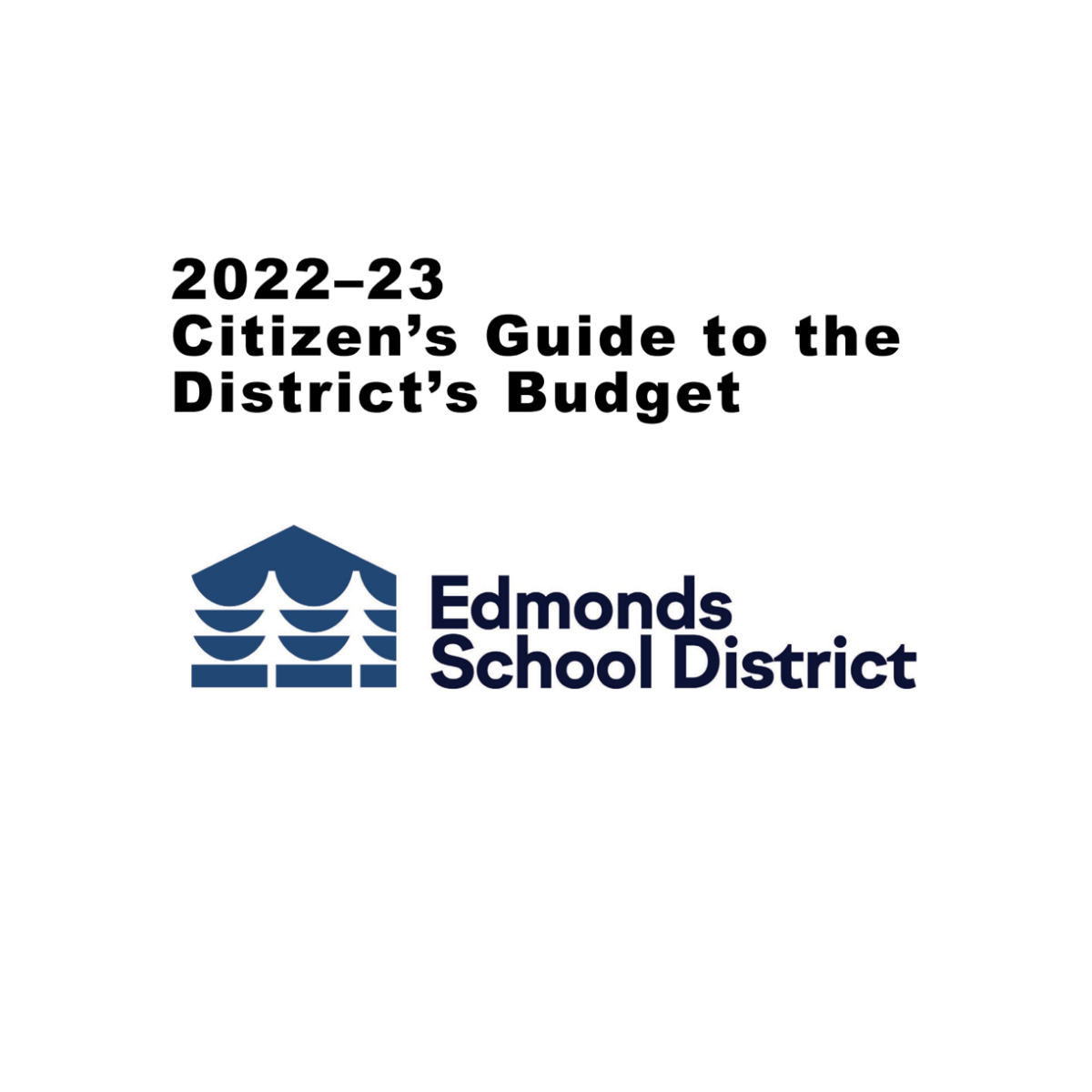Core 24 is the new set of requirements the Washington State Board of Education (WSBE) has put in place for high school graduation. Core 24 looks to give students a strong foundation to tackle the professional world. The policy has been in the works for a long time, as the project’s development began in 2008. The bill, named SB6552, was passed by the Washington state legislature in 2014 and is being implemented this year. However in the Edmonds School District (ESD) the program will be implemented beginning with the graduating class of 2021.
The WSBE gave districts the option to wait two years before implementing Core 24 and the EDS opted to do so. Jose Aguiniga the On Time Graduation Coordinator at MTHS says that he is very glad that the district did.
“I heard that it was gonna happen like about a year and a half ago and I was happy that they pushed it back, [because] it was already going to be pretty hard, two years gave us enough time gave counselors [and] admin enough time to tell parents to warn parents to let students know and make sure they know what [is] required know,” Aguiniga said.
Had the ESD not decided to wait two years before implementing core 24, this year’s junior class would have been the first to take on the core 24 requirements.
The program requires 17 standard credits, these encompass the subjects of English, math, science, social studies, arts, fitness and health. The major changes here being the addition of a personal pathway art credit, for a total of two, and a science credit, for a total of three. Though this might not seem like a big change as art credits are usually only a semester and many students already take three or four years of science.
As Aguiniga pointed out, a cushion has been removed from high school graduation, as now students can fail no classes without having to make up those credits outside of the school day, through methods such as taking online classes.
“Students can’t fail any classes in highschool, pretty much… the nice thing about 22 credits was that if a student failed in highschool we could support them when the school year started,” Aguiniga said.
For many students who struggle to meet the credit requirements, the challenge often comes with completing the math and science.
“It used to be only two science credits to graduate, now it’s gonna be three years of science and I know that’s a huge problem because science is one of the problems [for credit completion] of the last 22,” Aguiniga said.
Aguiniga says he feels there should also be more support for students who are struggling, as it has already been challenging for some students to meet the 22 credit graduation requirement.
The second part of the Core 24 graduation requirements are the personal pathway requirements. The personal pathway requirements are determined by each student’s post high school plans. They consist of seven credits which can be divided in three different ways.
The three options are College Emphasis, Career Emphasis and a combined College and Career Emphasis. College Emphasis and the combined College and Career Emphasis require three credits of career concentration, two world language credits and two elective credits. The Career Emphasis pathway similarly requires three credits of career concentration, but has four elective credits. As a total there are 24 credits required, thus the name Core 24.
Requirements for Core 24 are shaped by a desire to give students an academic base to build off of, regardless of their post high school plans. In order to provide a comprehensive program for students, from those attending four year colleges to those pursuing apprenticeships after high school, Core 24 also implements a program called the High School & Beyond Plan. The High School & Beyond Plan is a graduation requirement that students begin in middle school and continue to revise through their high school education until graduation. It helps prepare each student for graduation by making sure that their credits are well distributed across all of the necessary areas.
The goal of this is to provide students a way to explore their skills and interests and shape their high school experience according to their individual needs. Each district will determine if a student has fulfilled this requirement. The WSBE, however, requires that a notation regarding the High School & Beyond Plan be on every student’s transcript.
Washington as a state had previously had a minimum graduation requirement of 20 credits, though at MTHS, students needed 22 credits minimum to graduate due to specific Edmonds School District requirements.
Core 24 raised this minimum to 24 credits, with exceptions only in unusual circumstances. In cases where an exception has been made, only 2 credits maximum can be waived. Raising the minimum credits for graduation means that students have more classes that they must pass, and in some cases take. The WSBE believes (according to a presentation put out in 2010 when they were attempting to get core 24 passed) that there is room in students schedules for “more credits and more advanced classes”. This belief is backed by a Baker Evaluation Research Consulting (BERC) Group study in 2008 showing that 35% of high school seniors didn’t carry a full load of credits.
“It’s a small percentage, not only that but those students that aren’t taking a full load, the majority of them already fulfilled their requirements.” Aguiniga said.
Much of the issues that have arisen with Core 24 requirements are, though it may provide career or college readiness for some students, it makes it harder for others to even graduate. Now, it is much harder for students to make up a credit, as when they return to school after failing a class, they already have to move on to the next credit.




















